Many women who are in early labor ask me, “What do contractions feel like?” because they tend to think of it as a horrid experience when in reality it’s really not that awful!
This happens because a lot of women who ask the question: What do contractions feel like? believe the portrayal of active labor in movies as this sickeningly painful experience.
In reality, you’re most likely only bound to feel it as a dull pain around your lower back area or a very strong menstrual cramp that doesn’t seem to go away.
There are two different types of contractions: the true labor contraction and the Braxton Hicks contractions or the false labor contractions as many like to call them.
This is why I tell the women I work with not to panic if they start feeling contraction-like movement before their 37th week of pregnancy.
Braxton Hicks contractions are a completely normal process that occurs during pregnancy and these false contractions are likely to go away with a simple shift in position.
But, what do contractions feel like at 38 weeks of pregnancy?
Well, it’s at this point that you’re likely going to start feeling the real contractions flare-up for the first time if everything in your pregnancy has gone smoothly.
The difference between the two is that the real ones feel like constant cramping that occurs closer together as time passes while the false ones stop after a bit as soon as you change positions.
What Do Braxton Hicks Contractions Feel Like?
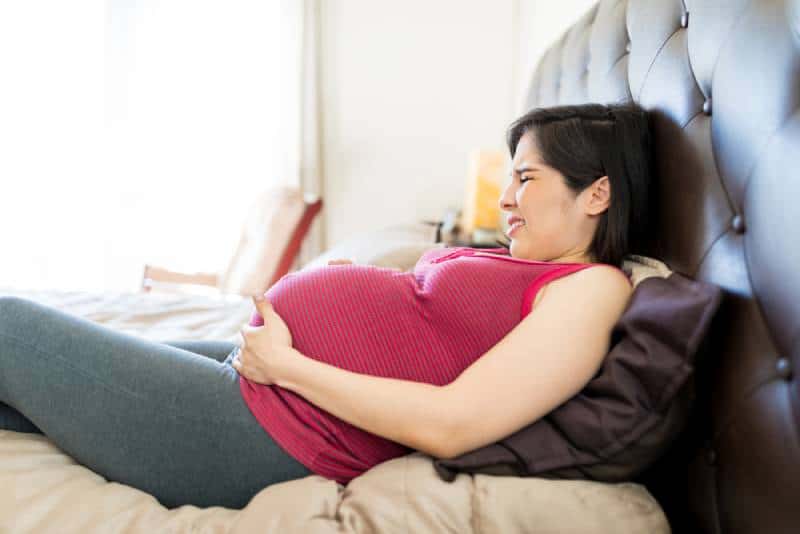
As touched upon at the start, Braxton Hicks contractions are the so-called false labor contractions that are a prelude to the real thing.
They usually start somewhere between the second and third trimester.
They are a constant, pulsating feeling that a pregnant woman gets in her lower abdomen as it tightens and loosens, almost as if it’s trying to breathe on its own.
Think of them as the calm before the storm as they don’t start becoming more frequent as true labor pains and contractions do and they’re bound to dissipate after a bit of time.
Think of it as your body settling and stretching to prepare itself and to practice contractions, the real ones, for when true labor begins.
RELATED: What Causes A Hard Stomach In Pregnancy & When To See A Doctor?
What Do Real Labor Contractions Feel Like?
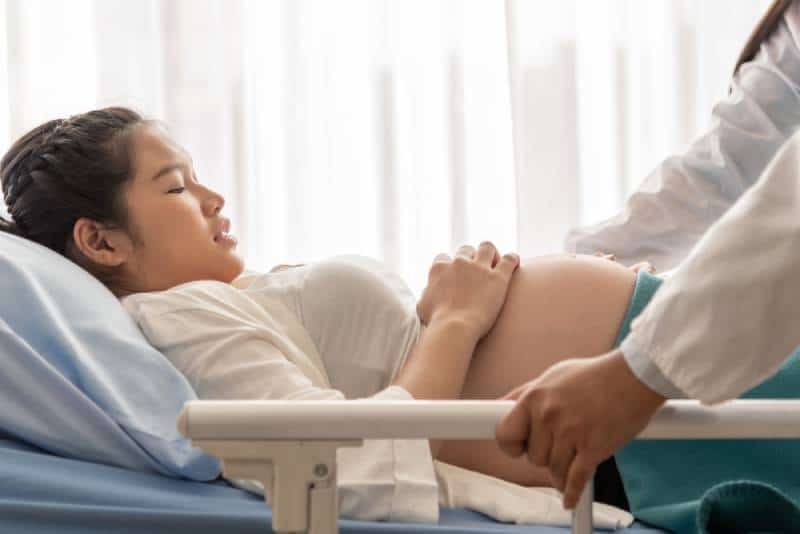
Now that we know what the false labor contractions feel like, it’s time to learn about the real thing.
Contractions are one of the earliest stages of labor, signified by your uterine muscles tightening and your abdomen becoming as hard as a rock only to soften down again before another wave hits.
They feel different for every pregnant woman, but they’re most commonly described as either the onset of strong menstrual cramps or a dull ache in the abdomen followed by lower back pain.
Your pelvic area also feels like it’s a dam under pressure and ready to burst as the baby slowly starts to prepare for birth.
The contractions wash over your abdominal area from top to bottom as the muscles contract to try move the baby along.
Early contractions will ease you into it as they tend to be somewhat milder than the later ones, starting off quite a fair bit apart from one another, but still occurring at regular intervals.
When the time between contractions starts becoming tighter and tighter, you’ll know you’re heading into full-on labor.
This gradual increase in contraction frequency is one of the biggest telltale signs of labor.
Unlike in the movies, it’s not common that your water breaks during this process, though it may happen.
What usually happens is that your doctor does the water breaking in the hospital.
The rest goes according to what your doctor says. Listen to their guidance and you should do fine.
The Stages Of Labor And The Delivery Of The Baby
To be able to recognize when you’re headed into labor and the whole process around the contractions, you need to get acquainted with the delivery process as a whole.
While the process tends to be somewhat different for each individual mom-to-be, there are a few things that tend to be present in most pregnancies.
Losing weight

One of the more obscure signs of labor, but a relevant one to mention nonetheless is when the mom drops a few pounds.
And I don’t mean the baby itself, I mean your actual body mass.
While many mammas feel as though all the odd eating habits they acquired during their pregnancy gained them a few extra pounds, they don’t realize that a good portion of that goes to feeding the baby.
Your baby starts calming down

When you start reaching your due date, you may notice that your baby isn’t kicking around as often as he used to. That’s because he’s almost ready to come out and meet his mommy face to face.
Though it may also be a sign of a baby in distress and you should notify your doctor, obstetrician, or any other certified healthcare provider to confirm that everything is alright.
At this point, you don’t want to take any chances.
Loose stools

Diarrhea is pretty common when labor starts getting closer. It doesn’t really have much to do with what kind of foods you eat because it’s mostly caused by the increased frequency and potency of your contractions.
The cramping and stress mix together to give you a temporary dose of gastrointestinal discomfort, but it should pass soon after birth.
Just make sure you stay well-hydrated for the sake of both you and your baby.
However, if you tend to be more resilient, you probably won’t have to deal with this issue.
The waddling
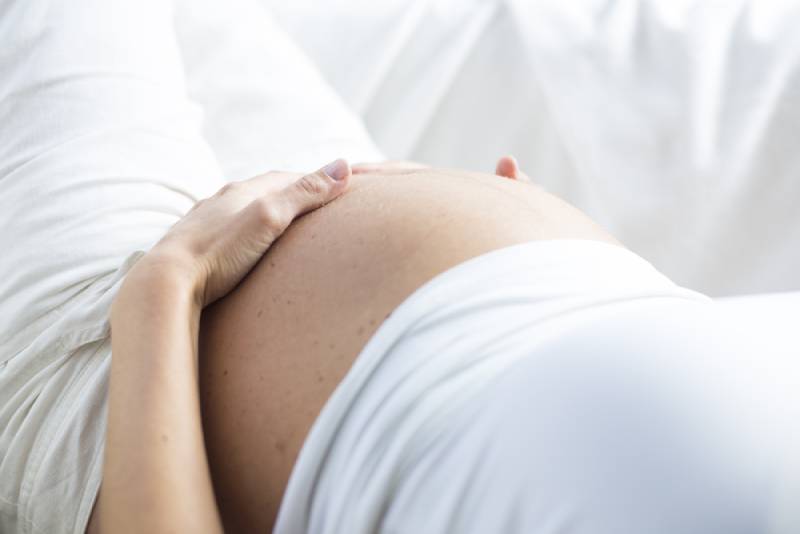
Waddling is a term that refers to the loosening of the joints in your lower abdominal area which makes you feel as though you’re sloshing all over the place like a jug of water.
This, again, is a completely normal phenomenon and it’s your body trying to loosen up your lower regions to make the delivery process as painless as possible.
It’s all thanks to the hormone called “relaxin” that, as the name implies, helps relax the affected area while still maintaining stability.
A sudden burst of energy
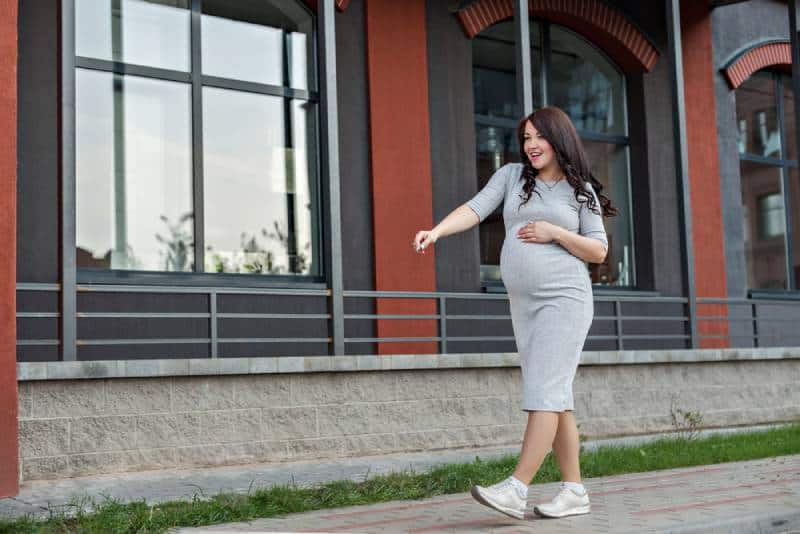
One of the more clear-cut signs that your term is getting nearer is when you feel way more energetic than usual; when your fatigue just seems to melt away and you want to do everything.
This is called “nesting instinct”. Think of it as your body tapping into its energy reserves to get itself ready for the lengthy delivery process.
Just make sure not to waste that energy or you might be in for an uncomfortable time when the actual delivery happens.
The initial contractions

The process always starts with mild contractions, ones that are somewhat easy to manage but still cause discomfort to an expecting mother, especially with the backache or period cramps that some labor contractions might feel like.
The lightening or the ‘baby drop’
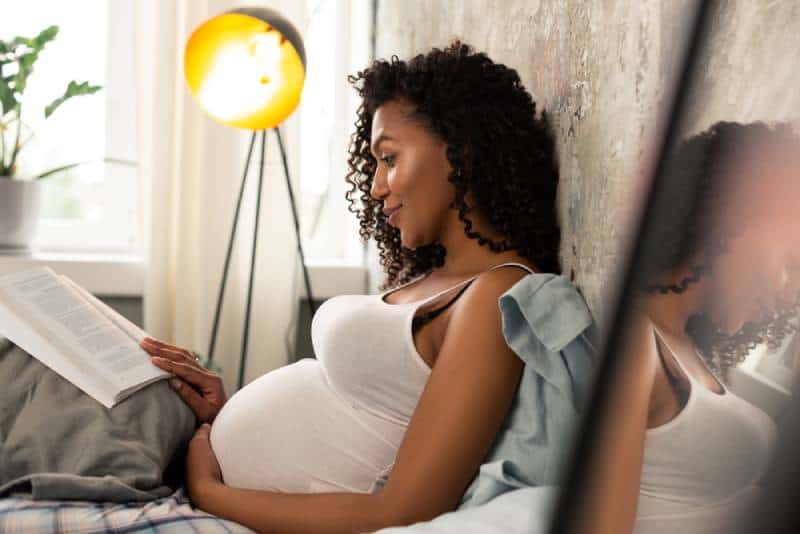
This is rather self-explanatory; it describes the process of your baby moving lower down into your pelvic area to get ready for labor.
While it’s likely to make you feel a bit clumsier given the slight weight shift, it’ll actually feel like more of a relief than anything else as you free up space in your upper abdominal area and your lungs have space to expand without feeling restricted.
That said, you may feel like going to the bathroom more than usual once your uterus shifts and starts applying more pressure on your bladder which may add to your levels of discomfort.
Thankfully, that’ll be most of your problems in early labor.
Dilation and the dropping of the mucus plug
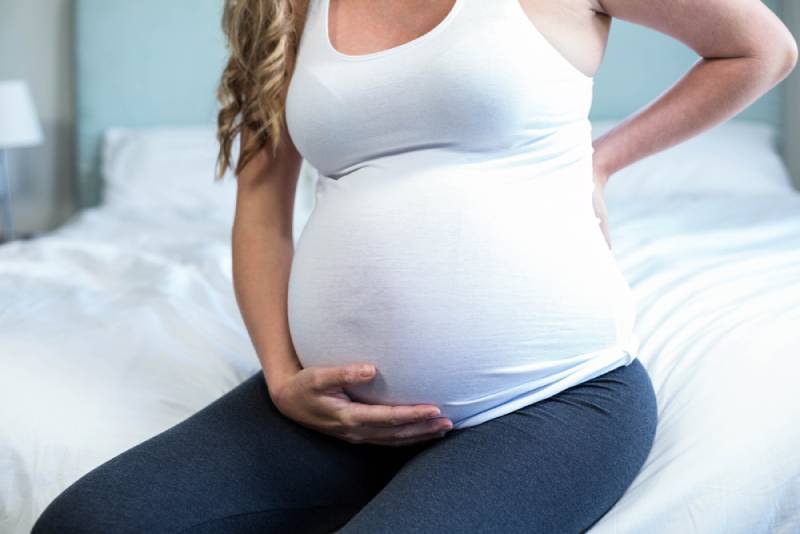
As you move further into labor and the gaps between your contractions start to decrease, you might feel your cervix dilate as your body starts taking further steps to deliver your precious child into this world.
During the first few segments of dilation, you’ll experience something called the ‘dropping of the mucus plug’.
This ‘plug’ is a mass of mucus that builds up in the cervix during pregnancy and, once the cervix starts to dilate, it is released through the vagina to clear the way.
While it may appear disgusting, it’s completely normal. It will probably look like clear bits of mucus and it can even be slightly bloody.
But again, it’s nothing to worry about as it’s a completely natural process.
After this, you’ll start feeling your contractions get a bit more intense and closer together.
A sign that true labor is starting and that you should prepare by having someone around to help you out, especially when it’s time to drive to the hospital to get the baby delivered.
The water breaking
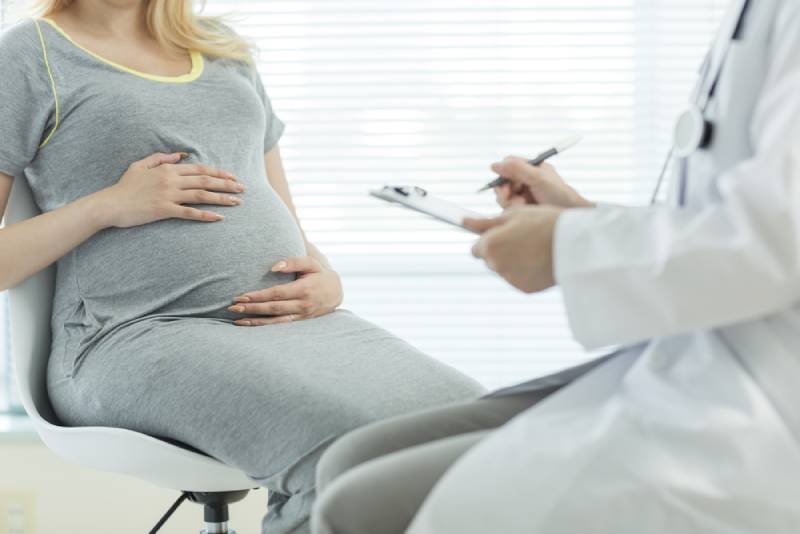
The term water breaking refers to the bursting of the amniotic membrane and the discharge of amniotic fluid.
This is the surrounding layer of the baby’s ‘residence’ while he’s in your uterus and what serves as a protective layer during the pregnancy.
Now, I’ve already mentioned that you’re unlikely to have your water break until you’re actually at the hospital.
This, again, is completely normal and you shouldn’t worry about it being delayed because your doctor will make this happen once you arrive at the hospital.
If it does break though, you should see a slightly urine-colored liquid that flows out of your vaginal canal in a trickle.
It can also gush out all in one go depending on how your body reacts.
If it happens before your arrival at the hospital, try taking note of when exactly it happened so you can relay that information to your doctor and get further instructions on what to do next. You might need to stay at the hospital overnight to get ready for delivery.
Further dilation and stronger cramping

This is the part that causes the most worry when women ask: What do contractions feel like and are they painful?
As the time for delivery comes ever closer, your cervix is going to start dilating more and more, reaching a 4-inch maximum when it hits close to delivery.
During this time you’re going to experience rather strong cramping that will be really uncomfortable and make it difficult to focus on the task at hand.
Should this occur, you might be given an epidural to help with pain relief so your body doesn’t feel too stressed before the actual delivery even begins.
The body also produces a hormone called oxytocin which is it’s natural pain management assistant and might be enough to do the trick on its own.
An important thing to remember here is to breathe.
Remember your exercises and take deep breaths in between contractions to help relieve some of the abdominal pressure and allow you to handle the discomfort.
Effacement

The term effacement means the thinning of the skin around the cervix to help it stretch further and allow your baby’s head to slip out which is the most intense part of the delivery process.
Much like dilation, it has a level of measurement, though the one referring to effacement is easier to track given that it’s measured in percentages with 0% being no changes and 100% being full effacement.
The delivery

The final step of this whole ordeal is when your baby starts moving through the birth canal and heading into the world.
The process can take up to 4-6 hours on average, so be prepared. Try to relax, stay calm and collected, and listen to your doctor’s instructions.
It’ll be over before you know it and you’ll be cradling your child soon enough.
Once both the baby and the placenta are out of your uterus, you’ll know that you’ve made it, you’ve delivered a new life into the world and you should be proud.
The contractions will dwindle and stop and you can cuddle your little bundle of joy.
RELATED: What Is A Ring Of Fire Birth And How To Deal With It
In Conclusion
As you can see, the questions: What do contractions feel like? and Do contractions feel like cramps? aren’t easy to answer in a single sentence.
It’s because the feelings created by contractions shift as the pregnancy progresses and labor hits, not to mention that every woman’s experience will be unique.
The only surefire way to tell if labor has started is if you start feeling tension in your lower abdominal area or lower back that doesn’t seem to go away.
If you’re suspecting that something is wrong, don’t hesitate to call your doctor or healthcare provider for assistance.
They’re there to help provide professional assistance during this delicate time and are likely to be able to help you better than any other one else.
Just remember that contractions are a natural part of the pregnancy process and that the most important thing is for you to stay calm and stay strong.
READ NEXT: How To Create The Perfect Birth Plan For Your Pregnancy
Like this post? Please share or pin it for later. You can also stay in the loop and follow us on Facebook, Instagram or Pinterest.
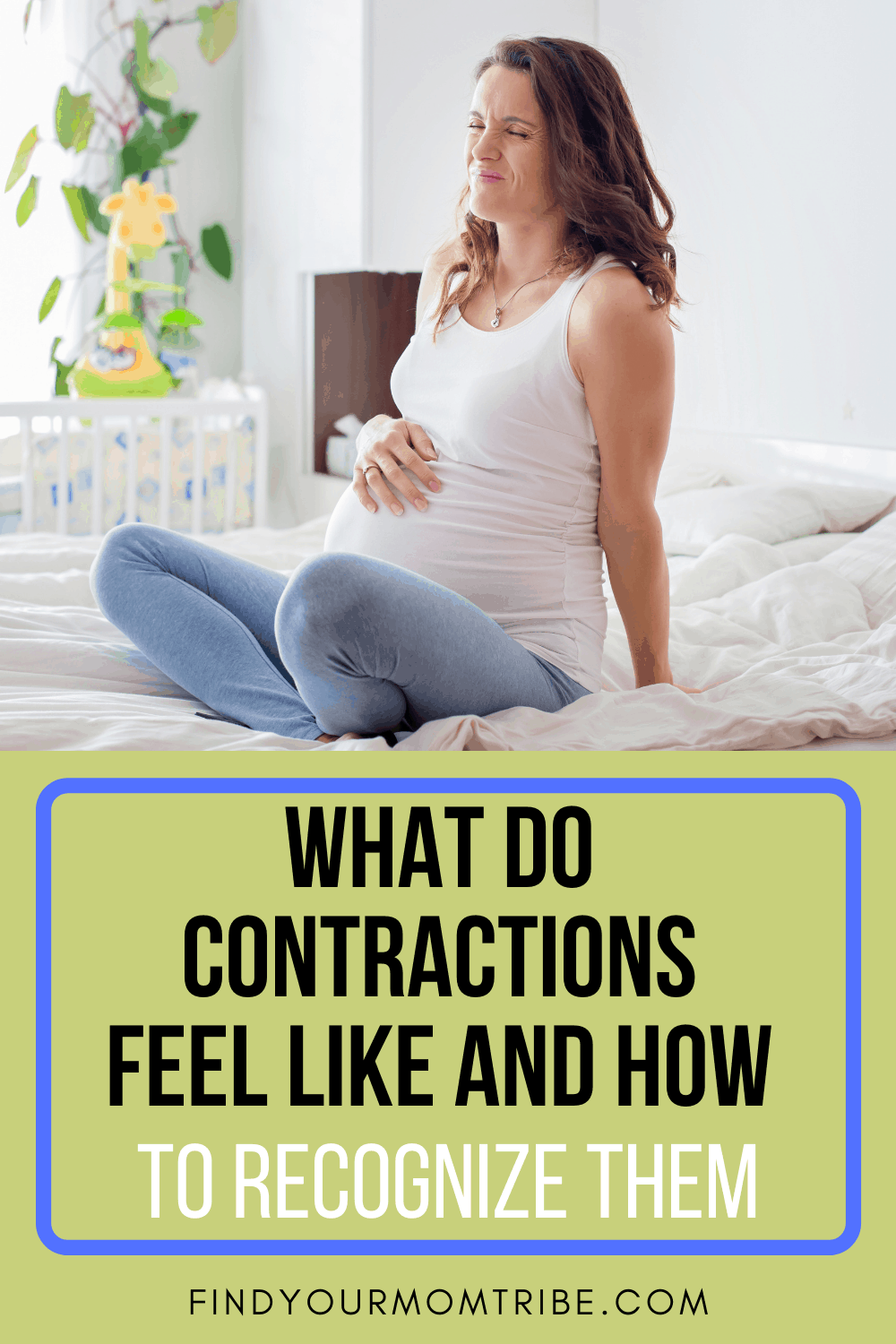
This post contains affiliate links. Please see our full disclosure for more info.

